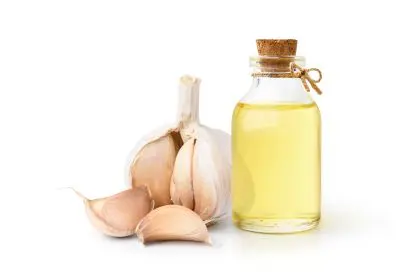High blood pressure, or hypertension, is a prevalent global health issue impacting millions. While medications are commonly prescribed for its management, integrating natural practices — such as breathing techniques — can offer significant benefits. These accessible methods provide an alternative or complementary approach to conventional treatments, promoting a holistic perspective on cardiovascular health. By exploring these techniques, individuals can empower themselves with practical tools to manage their blood pressure naturally.
1. Deep diaphragmatic breathing
Begin by finding a comfortable and quiet space. Sit or lie down in a relaxed position. Inhale deeply through your nose, allowing your diaphragm to expand fully. Feel your abdomen rise as you breathe in, and then exhale slowly through your mouth. This technique helps activate the body’s relaxation response, promoting a sense of calm that can contribute to reduced blood pressure over time.
2. 4-7-8 breathing technique
Developed by Dr. Andrew Weil, the 4-7-8 technique is simple yet powerful. Inhale quietly through your nose for a count of four, hold your breath for a count of seven, and exhale completely through your mouth for a count of eight. This method enhances oxygen exchange in the body and encourages a state of relaxation.
3. Alternate nostril breathing (Nadi Shodhana)
Nadi Shodhana is a yogic breathing technique that helps balance the left and right sides of the brain, promoting a sense of equilibrium in the body. Sit comfortably and use your thumb and ring finger to alternately close one nostril while inhaling and exhaling through the other. This practice can have a positive impact on blood pressure by reducing stress and tension.
4. Pursed lip breathing
Pursed lip breathing involves inhaling slowly through the nose and exhaling through pursed lips. This technique increases the amount of oxygen that reaches the bloodstream and helps keep airways open longer, reducing the effort of breathing. Over time, it can contribute to improved cardiovascular health and lower blood pressure.
5. Box breathing (square breathing)
Box breathing is a structured technique that involves inhaling, holding the breath, exhaling and then holding the breath again, each for an equal count. For example, inhale for a count of four, hold for four, exhale for four and hold for four. This method can calm the nervous system, helping to regulate blood pressure levels.
6. Resonant breathing (coherent breathing)
Resonant breathing involves breathing at a rate of five breaths per minute, which corresponds to a natural resonant frequency in the body. This technique has been shown to reduce sympathetic nervous system activity and increase heart rate variability, both of which can contribute to lower blood pressure.
7. Mindful breathing meditation
Engaging in mindfulness meditation with a focus on the breath can be a powerful tool for managing stress and promoting relaxation. Find a quiet space, sit comfortably and bring your attention to the sensations of your breath. Allow thoughts to come and go without judgment, focusing on the present moment. Regular practice can positively impact blood pressure and overall cardiovascular health.
Adopting these breathing techniques into your daily life offers a straightforward yet powerful avenue for naturally reducing blood pressure. Consistency is paramount; integrating these practices into your routine can yield long-term benefits for cardiovascular health. However, it’s crucial to approach any health-related changes with caution. Consulting with a healthcare professional before making significant adjustments to your routine ensures personalized guidance and addresses any underlying health concerns.
As you embark on this journey of mindful breathing, recognize that small, intentional moments each day can have a profound impact on your well-being. Prioritizing your breath becomes a form of self-care, a conscious choice to nurture your body and mind.
This story was created using AI technology.















